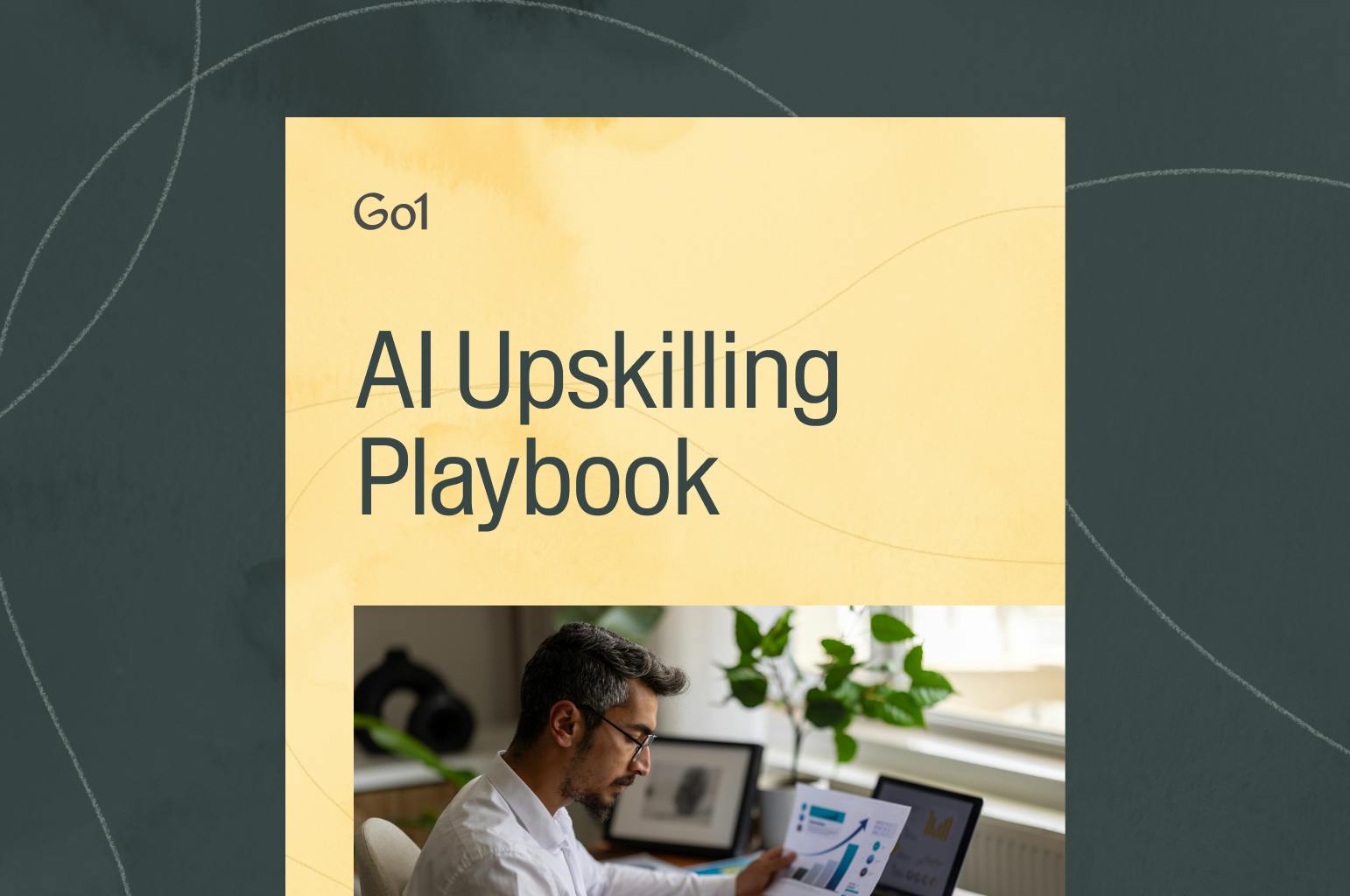Translating psychological safety for learning and development

Creating an environment that fosters effective learning can be challenging. One crucial element that often gets overlooked is the presence of and need for psychological safety. In this article, we'll recap our webinar with Kelli Frey, CPTD to learn the history and theory of psychological safety, how it translates to learning experiences, and how to measure and increase psychological safety in your organization. We'll cover a brief overview and then explain the three biggest takeaways from the webinar.
Defining psychological safety
Psychological safety is a shared belief among team members that it is safe to take interpersonal risks. This means feeling comfortable expressing ideas, asking questions, and admitting mistakes without fear of negative repercussions. When psychological safety is strong, individuals are more likely to engage in learning experiences, experiment with new ideas, and challenge the status quo, which most healthy organizations want from their employees.
In the webinar, Kelli Frey emphasized the importance of psychological safety in creating successful learning experiences, highlighting the role it plays in enabling participants to take interpersonal risks, which is crucial for effective learning. Kelli also discussed strategies that leaders and facilitators can use to build psychological safety, such as reducing unnecessary risk, recognizing power dynamics, and making group norms explicit.

Takeaway 1: Psychological safety is key to successful learning and development
Frey, an expert in facilitating learning experiences, stressed to attendees the importance of psychological safety in learning and development. She highlighted the role of this safety in enabling participants to take interpersonal risks during learning experiences, which she described as crucial for successful learning. Kelli explained that if there is no room for risk-taking and vulnerability, individuals may not fully engage in the learning experience or share their perspectives, hindering their growth and development.
It's the responsibility of leaders and facilitators to create a safe space for participants to feel comfortable taking risks and sharing their thoughts and ideas. Kelli referred to Google's Project Aristotle, which identified psychological safety as a key factor in successful team dynamics.
Frey recommends all leaders, facilitators, and trainers recognize publicly that making mistakes when learning is expected — but more on this later.
Takeaway 2: Actionable steps can be taken to build psychological safety
Leaders, trainers, and facilitators can take various actions to create an environment of psychological safety. Frey suggested reducing unnecessary risks, recognizing power dynamics, and making group norms explicit as effective strategies. Kelli emphasized that while she's seen them work globally, these strategies aren't one-size-fits-all and should be tailored to the specific culture and climate of a group or organization.
Frey further explained that recognizing power dynamics, acknowledging the implied or indirect power that exists within the group, and recognizing any team norms, can help give your employees or participants a clear understanding of group expectations.
Another actionable step is to actively model vulnerability, which Kelli explained, can help build trust and foster a sense of safety within a group. This can involve sharing personal experiences or admitting mistakes, which demonstrates to others that it's okay to do the same.
If you feel your team or facilitators model these behaviors already, the next step would be to consistently provide and seek feedback. This not only helps individuals feel heard and valued but allows for continuous improvement and growth within the group, too. Kelli emphasized the importance of recognizing and addressing any exclusionary behaviors or language that may create barriers to psychological safety, such as interrupting, talking over others, or using dismissive language, and always allowing for anonymized mediums for feedback as well.
Creating and maintaining psychological safety isn't a one-time task, but rather an ongoing process that requires continuous effort and attention. It's important for leaders and facilitators to consistently check in with group members and actively address any issues or concerns that may arise, as soon as possible.
Takeaway 3: Destigmatizing failure helps enhance a learning culture
Citing Amy Edmondson's book “The Fearless Organization,” Frey pointed out that psychological safety isn't just about physical safety, trust, and belonging but is about a shared belief within a group that it's safe for interpersonal risk-taking. Kelli stressed the crucial role of interpersonal risk in learning, explaining that there is an inherent risk of failure that's required for learning. Acknowledging failure, talking about it, and granting your team permission to fail is paramount to psychological safety. "Destigmatize failure culturally," Frey advised.
Regularly assess employee psychological safety
The benefits of psychological safety on both sides of the coin are clear. Not only will you improve employee engagement and innovation, but ultimately, your business' success. To stay on top of this, Kelli left us with some final advice:
"Regularly reassessing group dynamics and addressing any potential issues or conflicts can help maintain a culture of psychological safety," Kelli explained. "It's also important to acknowledge that building and maintaining psychological safety takes time and patience. It may not happen overnight, but with consistent effort and a willingness to listen and adapt, it can be achieved."
Psychological safety is crucial for creating an environment where employees or participants feel safe to take the necessary risks, share their wildest ideas, and be their authentic selves. By understanding psychological safety and taking actionable steps to foster it, leaders, trainers, and facilitators can create a culture of trust, open communication, and continuous growth within their teams and organizations.
Watch the full webinar to explore psychological safety in learning and development, including its history, measurement, and strategies to increase it.
Learning made simple

Related Articles

Application Guide: How to use the Go1 AI for L&D Maturity Assessment to assess our workforce AI capability

AI upskilling made clear: A practical guide to building an AI-ready workforce

Go1 welcomes PepTalk

5 Data-Backed Insights Shaping the Future of AI in Workplace Learning

Train smarter, spend less
Train smarter,spend less
Connect with a Go1 expert to explore the best training options for your organization—no pressure, just solutions that work.